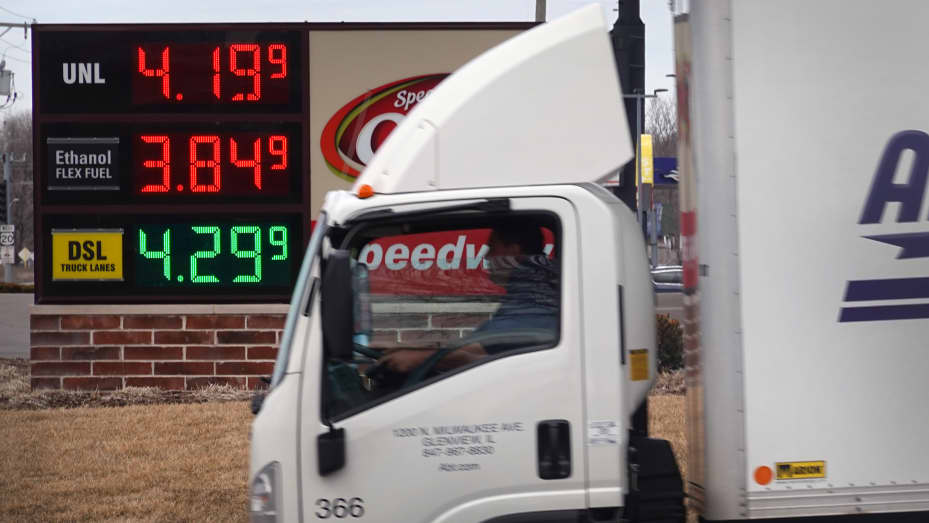(Akiit.com) Whenever gasoline prices spike, commentators turn theatrical with emotional talk of “pain at the gas pump.” An analyst for CNN just went further, calling the most recent rise “a slap in the face.”
Slingers of hyperbole might ask Ukrainians now under vicious bombardment what they would consider “a slap in the face.” The answer should make them ashamed.
Even before Russia invaded Ukraine, the price of gas was jumping for pandemic-related changes in supply and demand. With Russia a major supplier of fossil fuels, the start of war set off a further hike in the price. The U.S. decision to ban the import of Russian oil may exert some more upward pressure, but not much since Russia supplies only 3% of our crude.
It is gratifying to see that the American people are better than many of those delivering the news to them. A new Quinnipiac University poll finds that 71% of Americans support the U.S. ban even if it triggers another steep rise in domestic gas prices. They rightly see Ukraine’s battle as theirs.

In the meantime, one should put into perspective how much the price of gas is really hurting us. We hear time and again that it’s “at a record high.” As of Tuesday, the price at the pump hit $4.17 a gallon —versus the previous “high” of $4.11 a gallon in July 2008.
Bear in mind that 2008 was almost 14 years ago. Because of inflation, a dollar is currently worth less than it was then. It happens that $4.11 in 2008 had about the same buying power as $5.37 now, as measured on the U.S. Bureau of Labor Statistics inflation calculator.
Furthermore, remarkable improvements in fuel efficiency mean we can go further on a gallon. In 2008, my then-new Honda Accord got 26 miles per gallon (in combined city/highway driving). A 2022 Accord gets 33 miles per gallon.
Do the math. At the recent gas price, one can drive 100 miles in a 2022 Accord for $12.64. Going the same distance in 2008 my old Accord would have cost about $20.67 in today’s dollars.
Looking at all vehicle types, fuel economy has increased 32% since model year 2004, according to the U.S. Environmental Protection Agency.
Europe, of course, doesn’t have the luxury of banning Russian fossil fuels, which provides 25% of its oil and 40% of its natural gas. The U.S. is nearly energy independent with oil production up 1.6 million barrels-a-day from a year ago.
Setting aside such considerations, CNN’s Ana Cabrera linked the U.S. ban on Russian oil imports to the rising price of gas. She sternly asked Brian Deese, director of the National Economic Council, “What do you say to the American people?”
Here’s what he said: First off, gas prices were already high. Secondly, the price of oil is set on the global market. Thirdly, production in the U.S. is increasing. And let’s cast these words in bronze: “True energy independence … (is) reducing dependence on fossil fuels.”
Americans know that Ukrainians are fighting for us. If Russian President Vladimir Putin were able to just roll over that country in an easy victory, he’d no doubt already be testing the borders of Poland and other NATO countries that the United States is duty-bound to defend. The sacrifice by the people of Ukraine is saving us all both blood and treasure.
Set aside the moral and human catastrophe of Russia’s savaging a peaceful country. Ukrainians are suffering to preserve not only their democracy but ours. And so paying more for gas is the least Americans can do to help them. To our credit, most Americans are OK with it.
Columnist; Froma Harrop
Official website; http://twitter.com/FromaHarrop









Leave a Reply